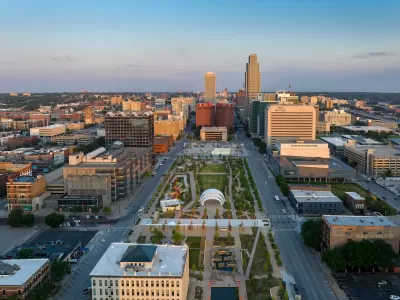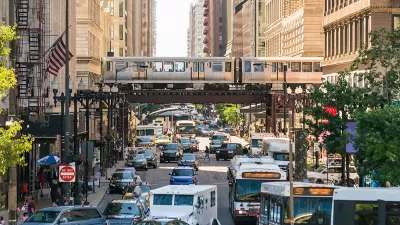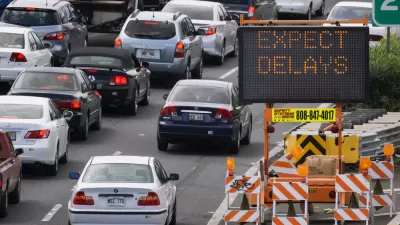The Omaha City Council has decided to reverse the transportation model adopted in the city in the 1950s, for the benefit of traffic safety and local retail activity.

The Omaha City Council has hired a consultant to explore options for reconfiguring one-way streets in the city’s downtown. According to an article by Alex McLoon, the study will consider ways to convert streets to two-way traffic to encourage walkability, traffic safety, and increased economic activity for local retailers. Planning research has shown one-way streets to produce poor results for public health and property values. One-way street conversions have also been shown as a downtown revitalization technique.
The city of Omaha committed to one-way streets in downtown in the 1950s, according to McLoon’s article.
The planning process, to be led by an unnamed consultant, is expected to take 18 months, with results delivered to the Omaha City Council in 2024.
FULL STORY: Omaha looks into reconfiguring one-way streets downtown

Trump Administration Could Effectively End Housing Voucher Program
Federal officials are eyeing major cuts to the Section 8 program that helps millions of low-income households pay rent.

Planetizen Federal Action Tracker
A weekly monitor of how Trump’s orders and actions are impacting planners and planning in America.

Ken Jennings Launches Transit Web Series
The Jeopardy champ wants you to ride public transit.

California Invests Additional $5M in Electric School Buses
The state wants to electrify all of its school bus fleets by 2035.

Austin Launches $2M Homelessness Prevention Fund
A new grant program from the city’s Homeless Strategy Office will fund rental assistance and supportive services.

Alabama School Forestry Initiative Brings Trees to Schoolyards
Trees can improve physical and mental health for students and commnity members.
Urban Design for Planners 1: Software Tools
This six-course series explores essential urban design concepts using open source software and equips planners with the tools they need to participate fully in the urban design process.
Planning for Universal Design
Learn the tools for implementing Universal Design in planning regulations.
Ada County Highway District
Clanton & Associates, Inc.
Jessamine County Fiscal Court
Institute for Housing and Urban Development Studies (IHS)
City of Grandview
Harvard GSD Executive Education
Toledo-Lucas County Plan Commissions
Salt Lake City
NYU Wagner Graduate School of Public Service





























